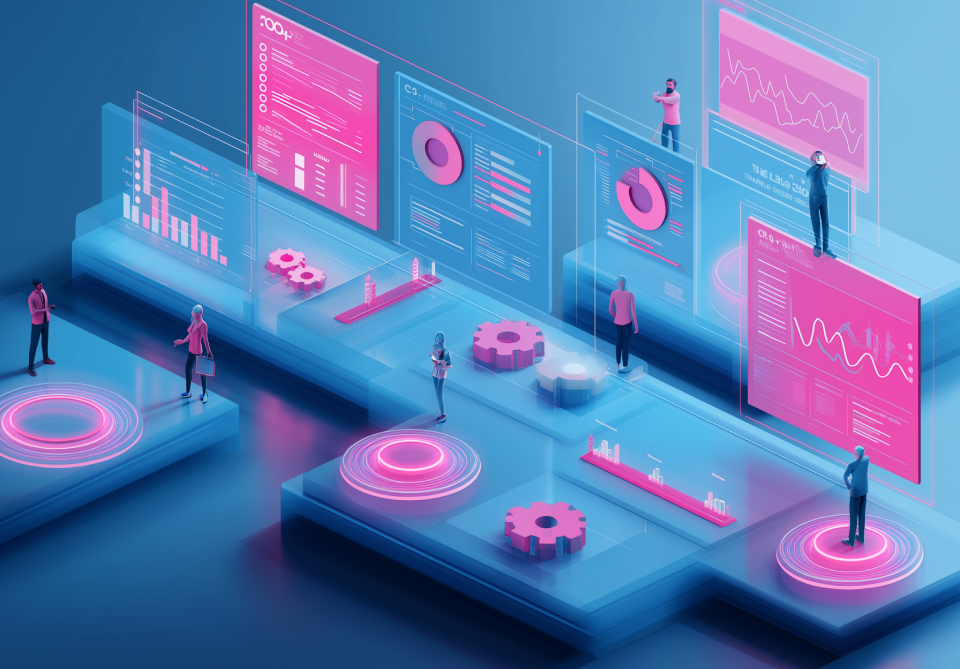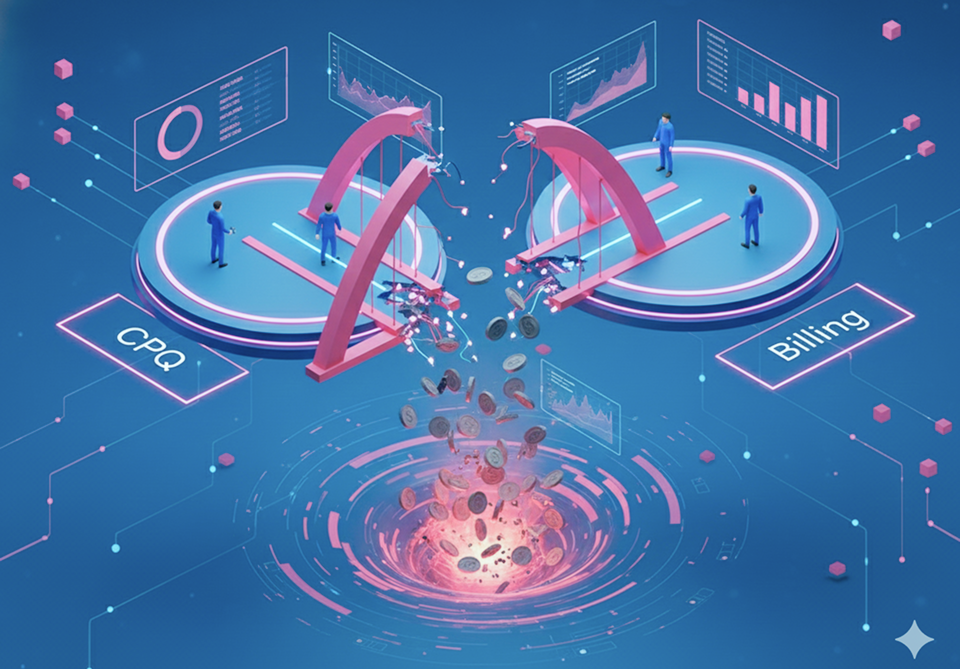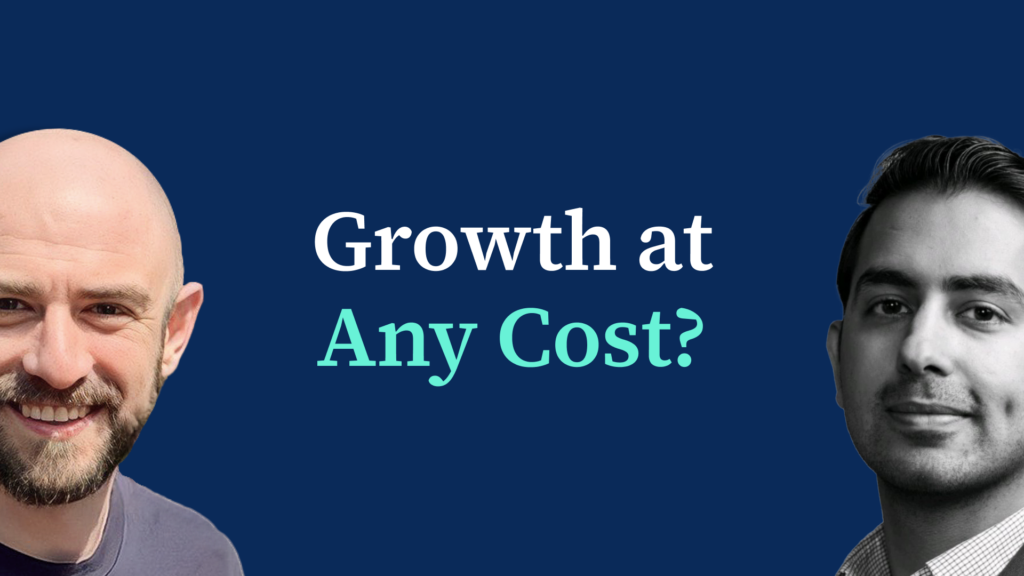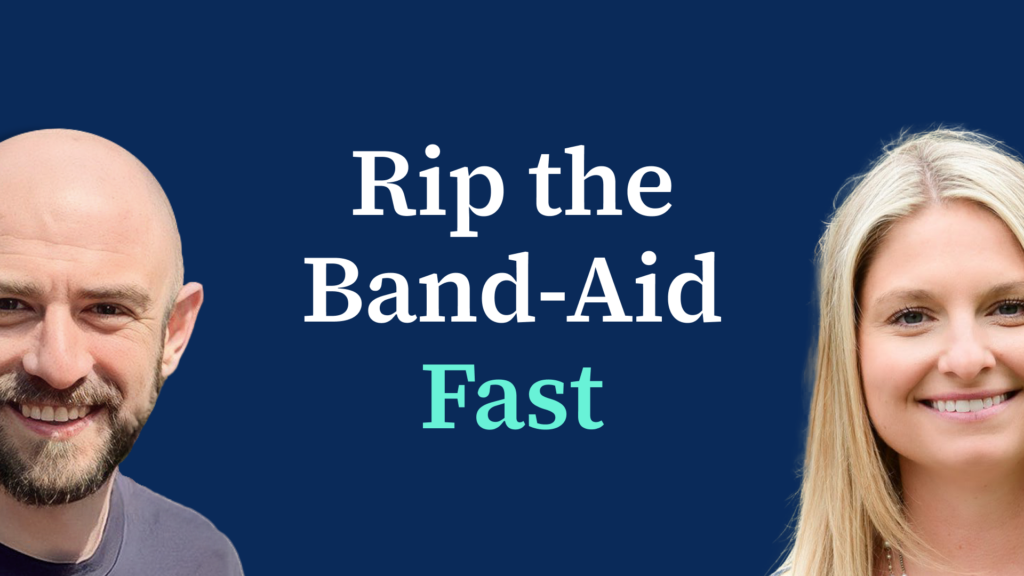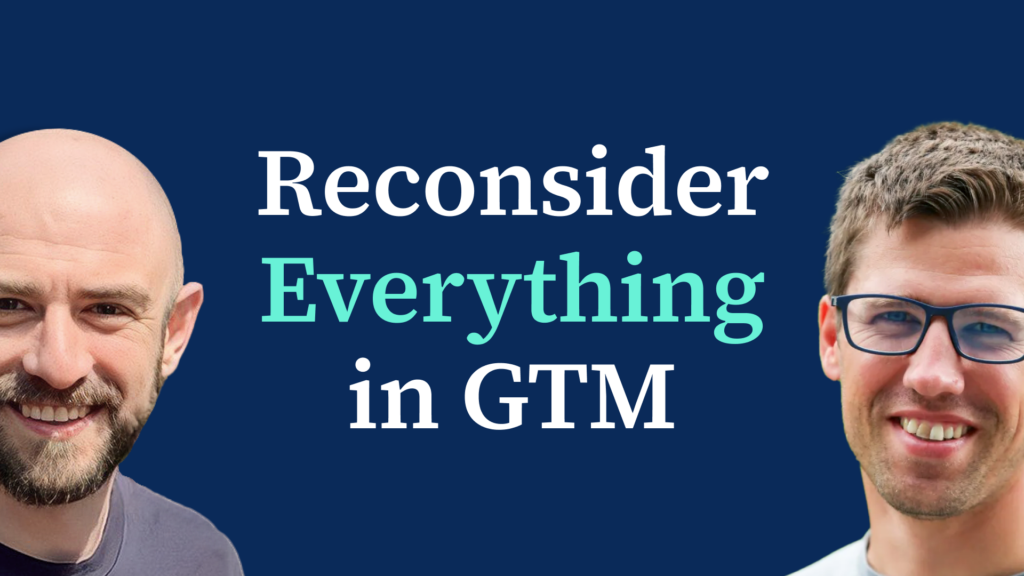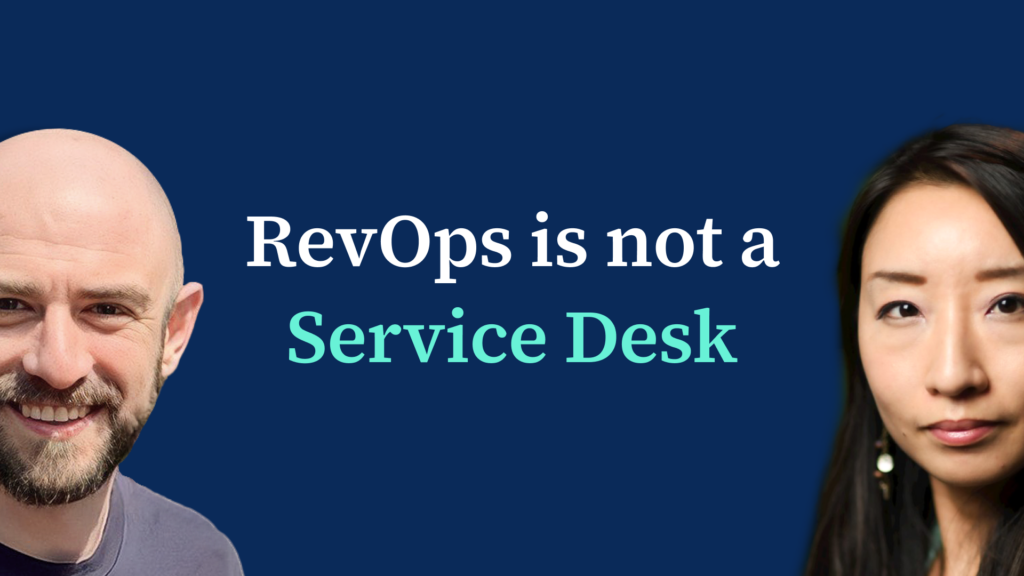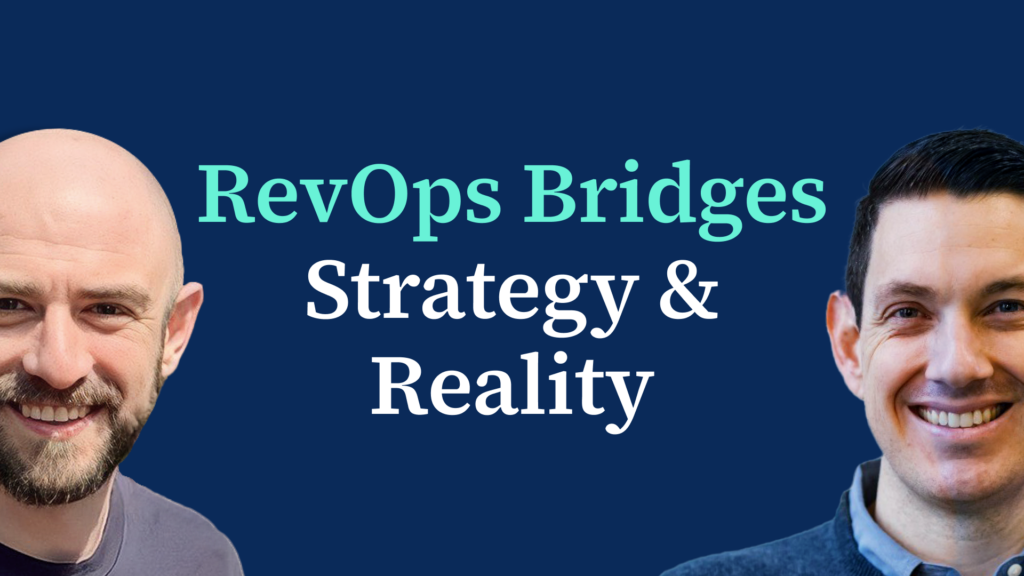COMPANY
About Us
We are DealHub, This is Our Vision
Contact Us
Reach out to streamline your revenue flow
Company News
Get the latest product updates and company highlights
Careers
Join a team shaping the future of revenue technology
Blog
Insights and strategies to accelerate revenue growth
Glossary
Your guide to all things sales and revenue
Resources
Explore guides, webinars, and best practices for scaling your sales process
